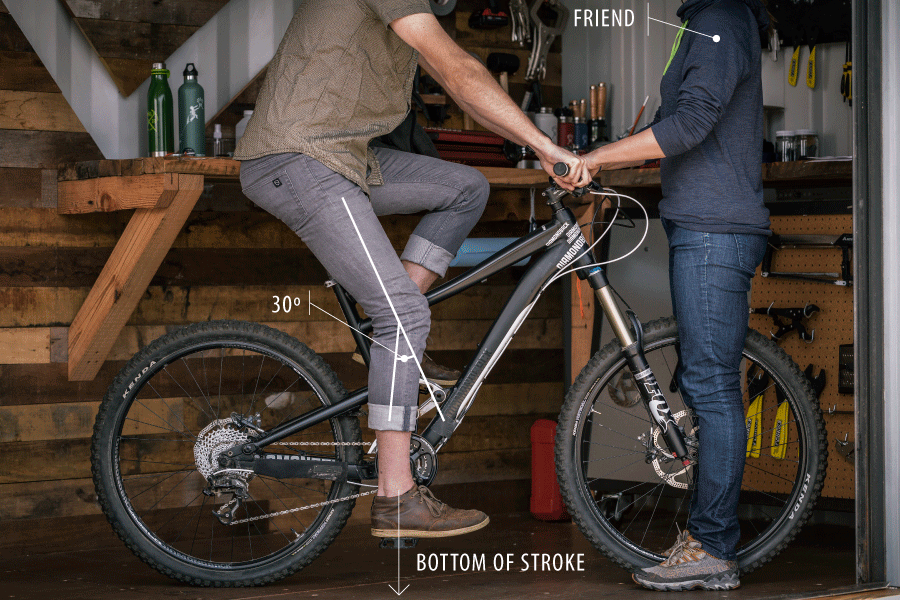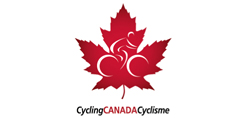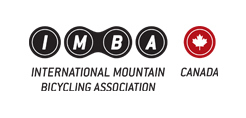The next few outings in the RVC 2022 Beginner Ride series will start to move into trail systems with rolling terrain. This means hills; and that inevitably means climbing. Climbing hills is no easier in the winter months – in fact, it’s probably more difficult. Although a lot of fun, fat bikes are much heavier (especially in the wheels) and that can make them a little sluggish going uphill. Chances are good that you’ll probably be weighed down by more clothes and winter boots on your feet. Although you won’t have to face big roots or rocks going uphill the trail may have patches of ice or loose snow, and those conditions present their own challenges. Don’t worry though, with a bit of technique, you’ll get up those climbs!
First piece of advice – don’t worry if you can’t make it up. Even the best riders end up having to get off their bikes and push on tough winter climbs. See those footprints off to the side of the trail? They are a telltale sign that you are not the first person who had to dismount here. We’ll come back to this later.
Let’s look at bike setup next. For comfortable and efficient climbing your seatpost should be set so that your leg is well extended at the bottom of your pedal stroke but not locked at the knee. A 30° angle is ideal and for most beginners, their fat bike will not come with a dropper post. With a standard seatpost and with winter trail riding in Fredericton in mind you should definitely set up your seat with climbing in mind rather than being tempted to drop it to a lower position for descending. Your tires should be properly inflated for the conditions (we covered this last week).

Rider position is very important for climbing hills. Your aim will be to stay centered over your bike, bringing your chest closer to the handlebar, with your elbows in slightly and well bent to absorb any impacts. You want to keep your mass in the center of the bike, preventing your front wheel from wanting to lift off the trail. If it is a long hill you will want to keep your shoulders from hunching forward so that you are able to settle into a regular pattern of breathing. Your body will be wanting oxygen for this. Above all else, remember that we don’t climb hills by standing on our pedals. This is a last resort, often used in desperation to get over a hump you didn’t see coming, and it often doesn’t result in success for beginner riders.
Next let’s think about gearing and cadence. Cadence is the rate which your feet are spinning the cranks. For hills, you want that rate to be nice and steady. Misjudging the hill (or your own strength) and choosing a gear that is too easy will have your feet spinning fast and potentially your back wheel loosing traction. Choosing a gear that is too difficult will mean you are left trying to crank hard and slow, which isn’t efficient. Worse yet, beginner riders who misjudge the hill’s difficulty often try to downshift to an easier gear while their pedals are under load. While derailleurs have been around for a long, long, long time the technology still isn’t perfect. Trying to shift down while cranking hard up a hill isn’t going to work. That’s how chains get lodged in your rear spokes, or worse yet they break. Plan ahead. The goal is to build speed leading into the climb (especially if it is short), but be sure to shift into whatever climbing gear you think will result in a steady cadence just before you start the climb. Remember, you need a pedal stroke or two to complete your shift after you push the trigger on your handlebars.
You won’t always make it up. That’s not a problem. Pushing a fatbike up a short steep section happens to the best of us and it is worth it for the downhill that will come. A few pieces of advice:
- Give others on a group ride a bit of space. If they need to jump off the bike mid-way up a steep hill it doesn’t do anyone any good to be right on their rear tire. They’ll feel bad and you’ll feel frustrated. Space out wider on the hills.
- If soft snow led to your failed climb and you need to push please step off the groomed trail into the deep snow. While this makes your job harder it saves the trail for the riders coming behind you. Once that steep hill climb gets bumpy with boot prints it won’t become any easier. It’s ok to leave your bike on the trail.
- Pushing up a hill is good. It gives you something to work for and it means when you finally get it clean it will feel all the more rewarding.
The Winter Woolastook Loop is a good introduction to climbing with your fat bike. You can shorten the loop as necessary, sticking first to the doubletrack west of the campground, then seeing if you can make it up to Mountain Rd, and finally shooting for that steep climb up to the lookout (this takes real fitness). Good luck!


